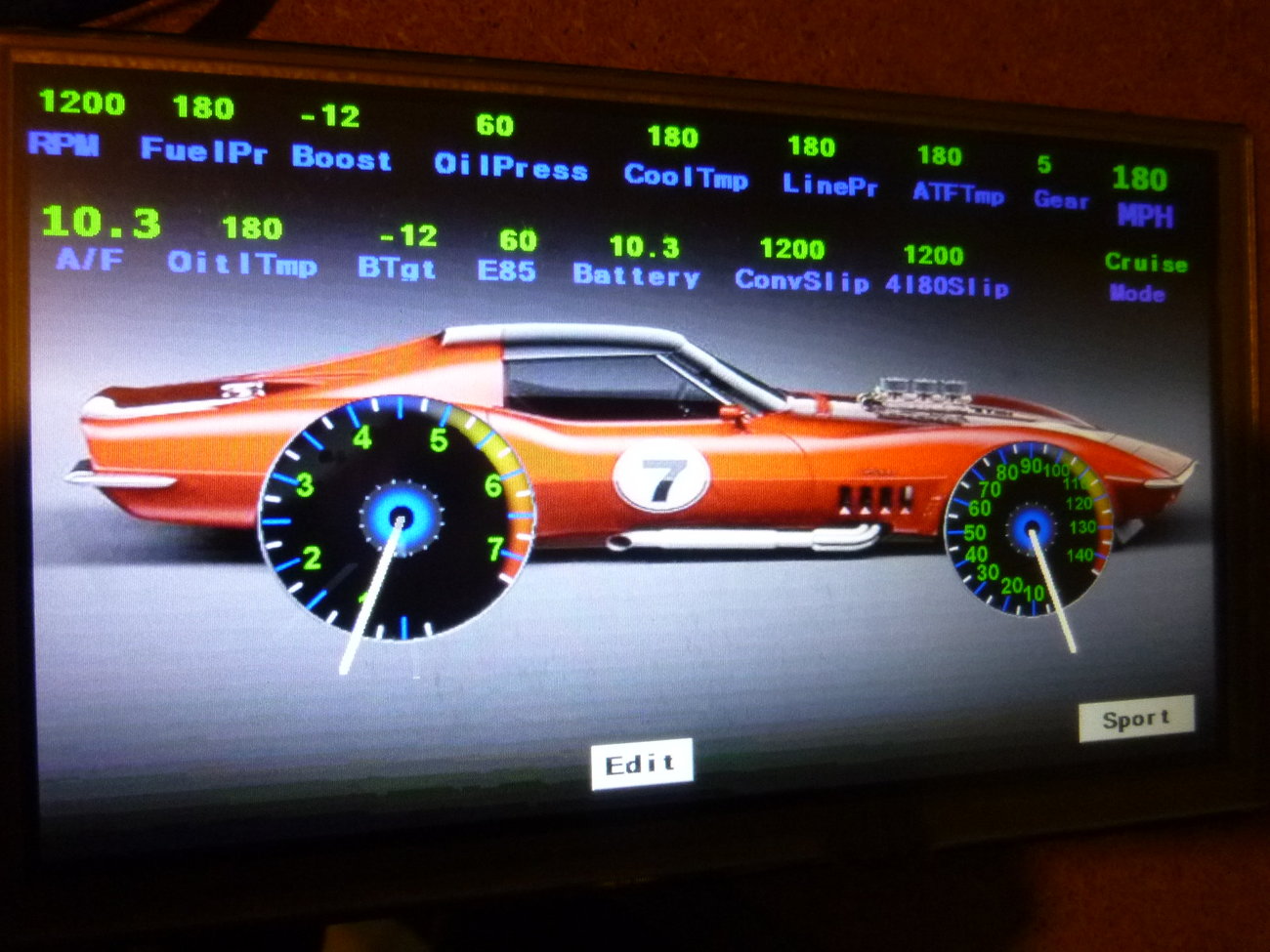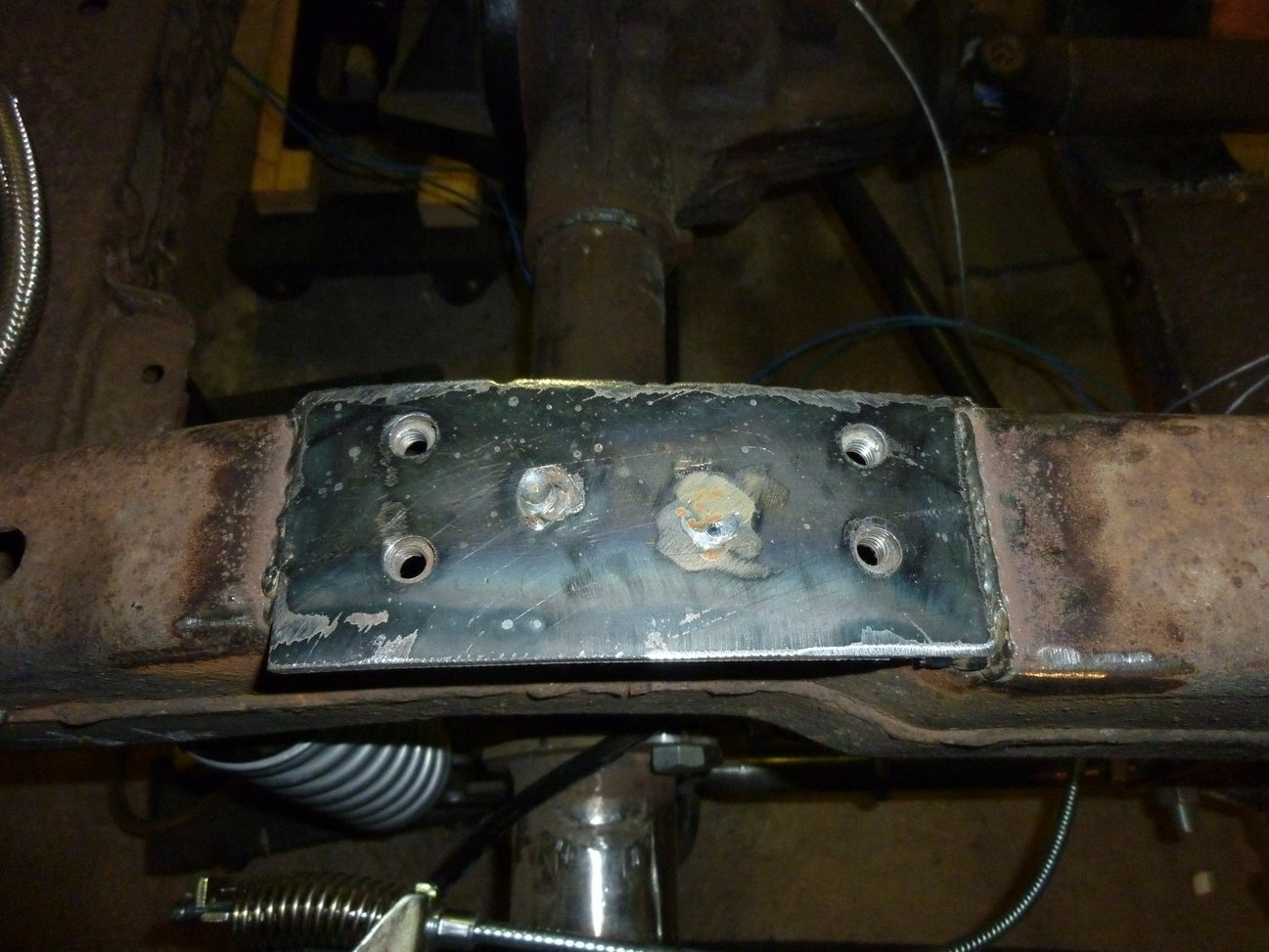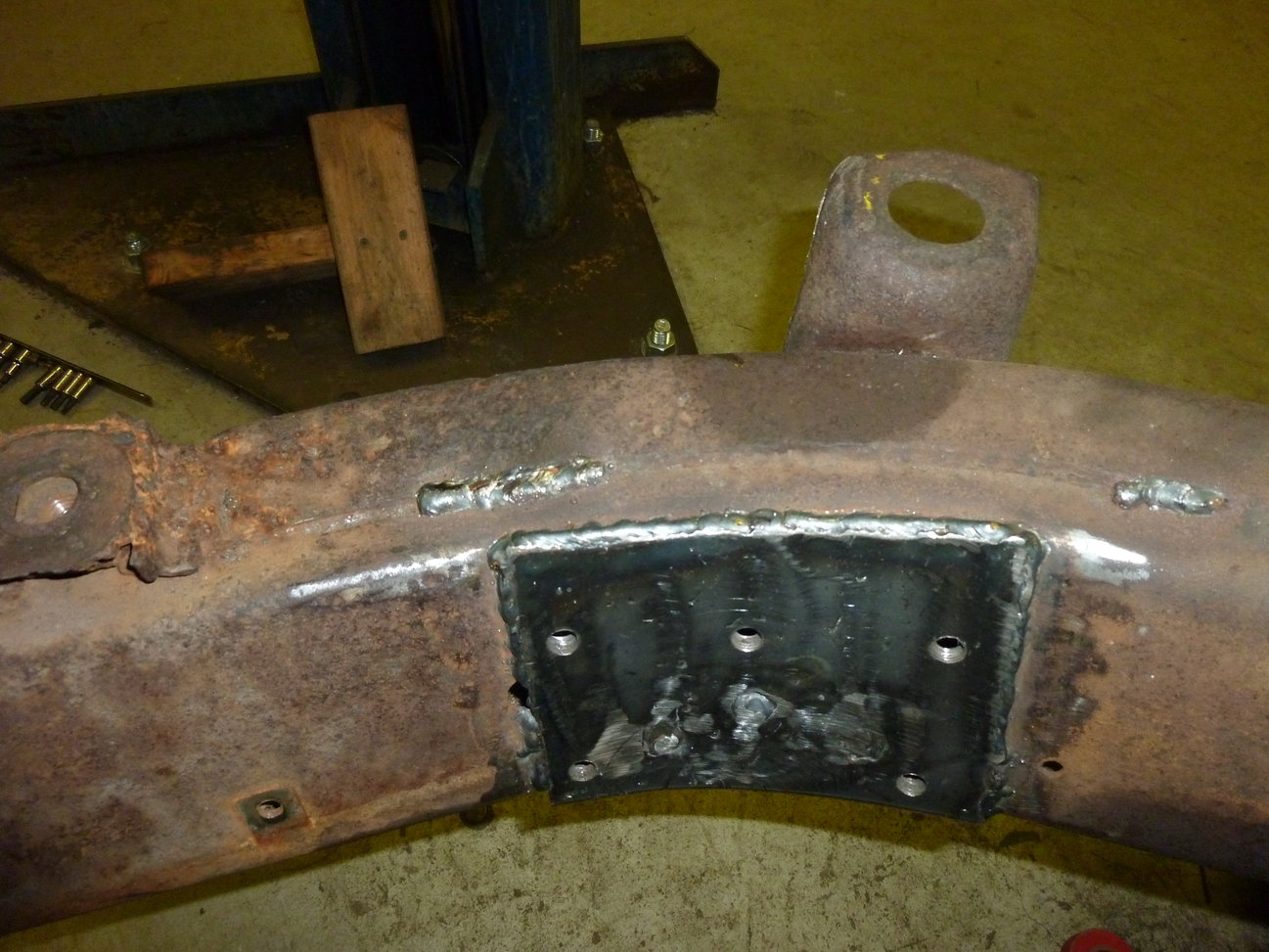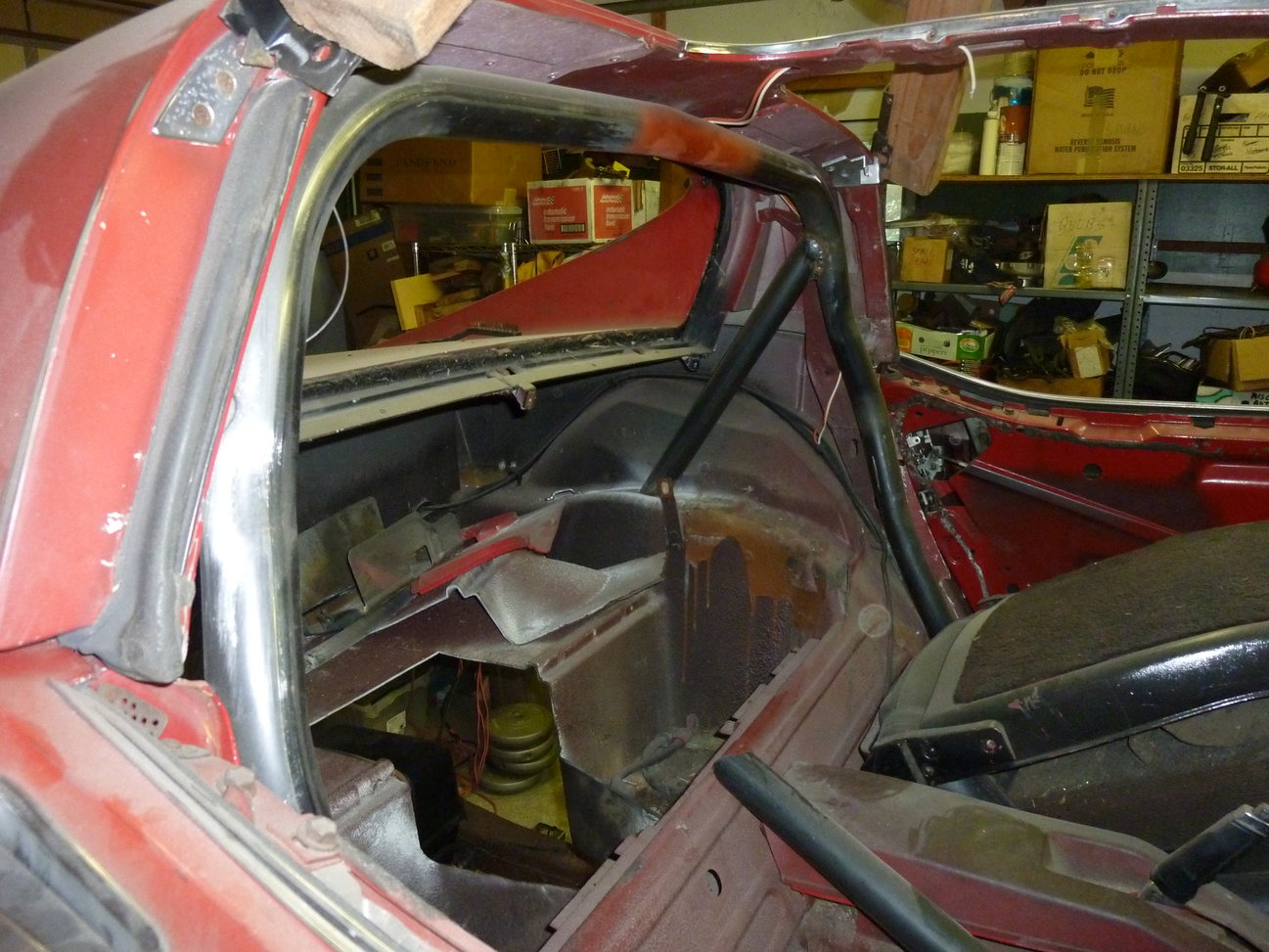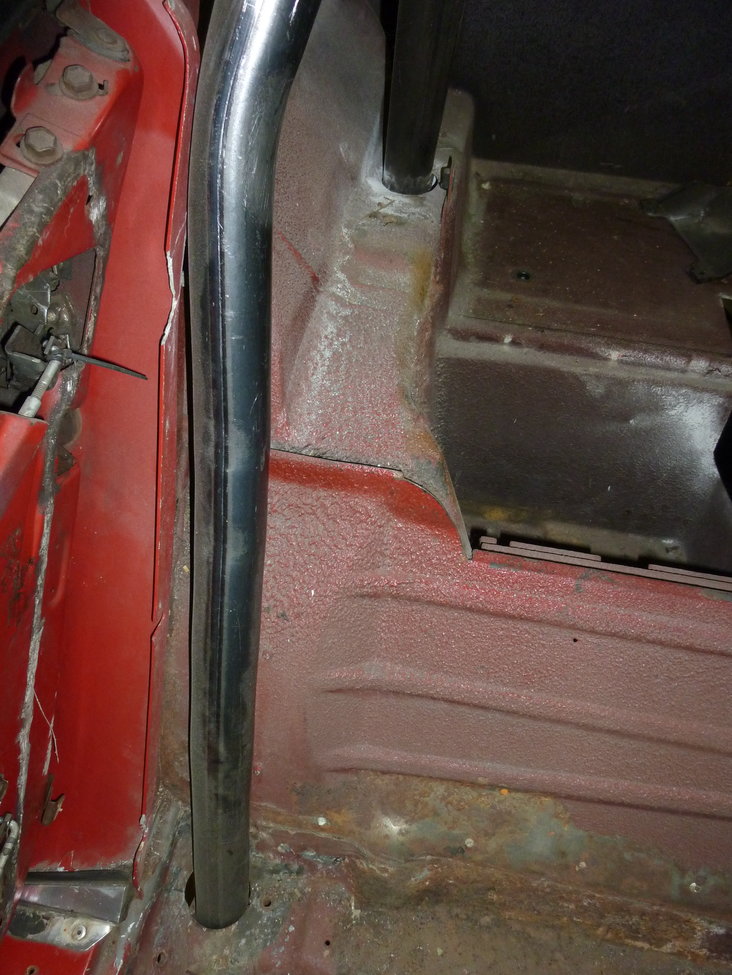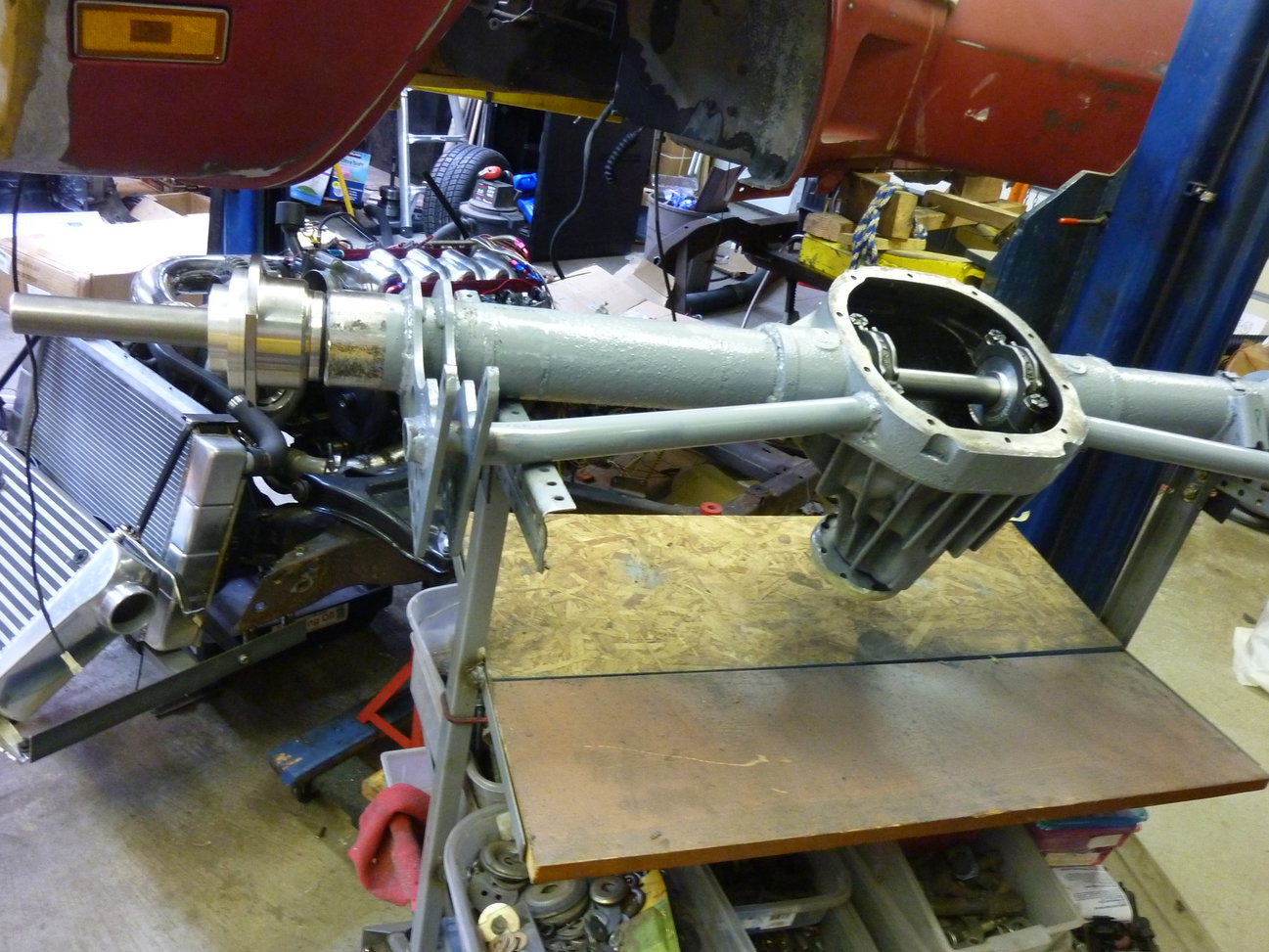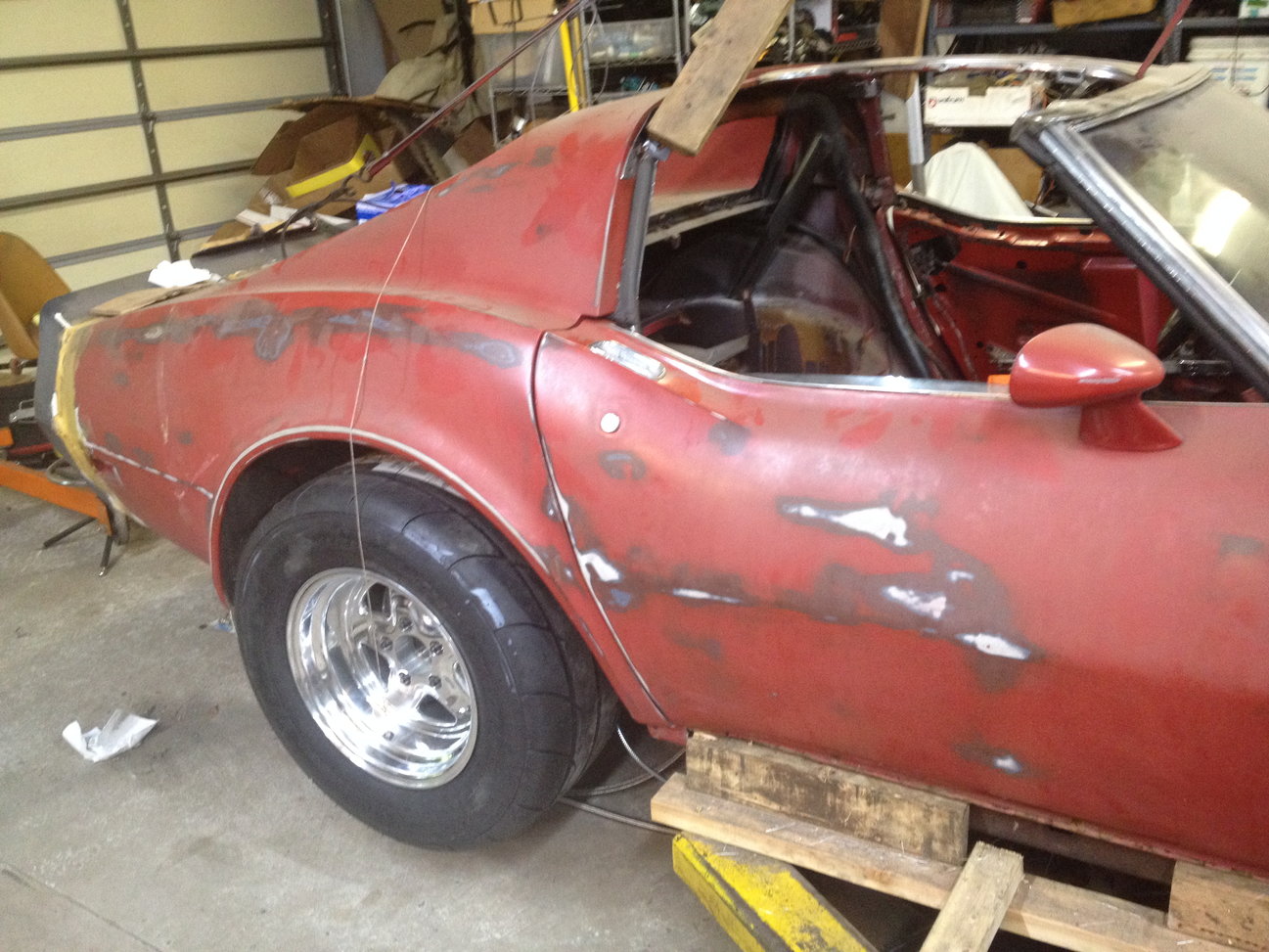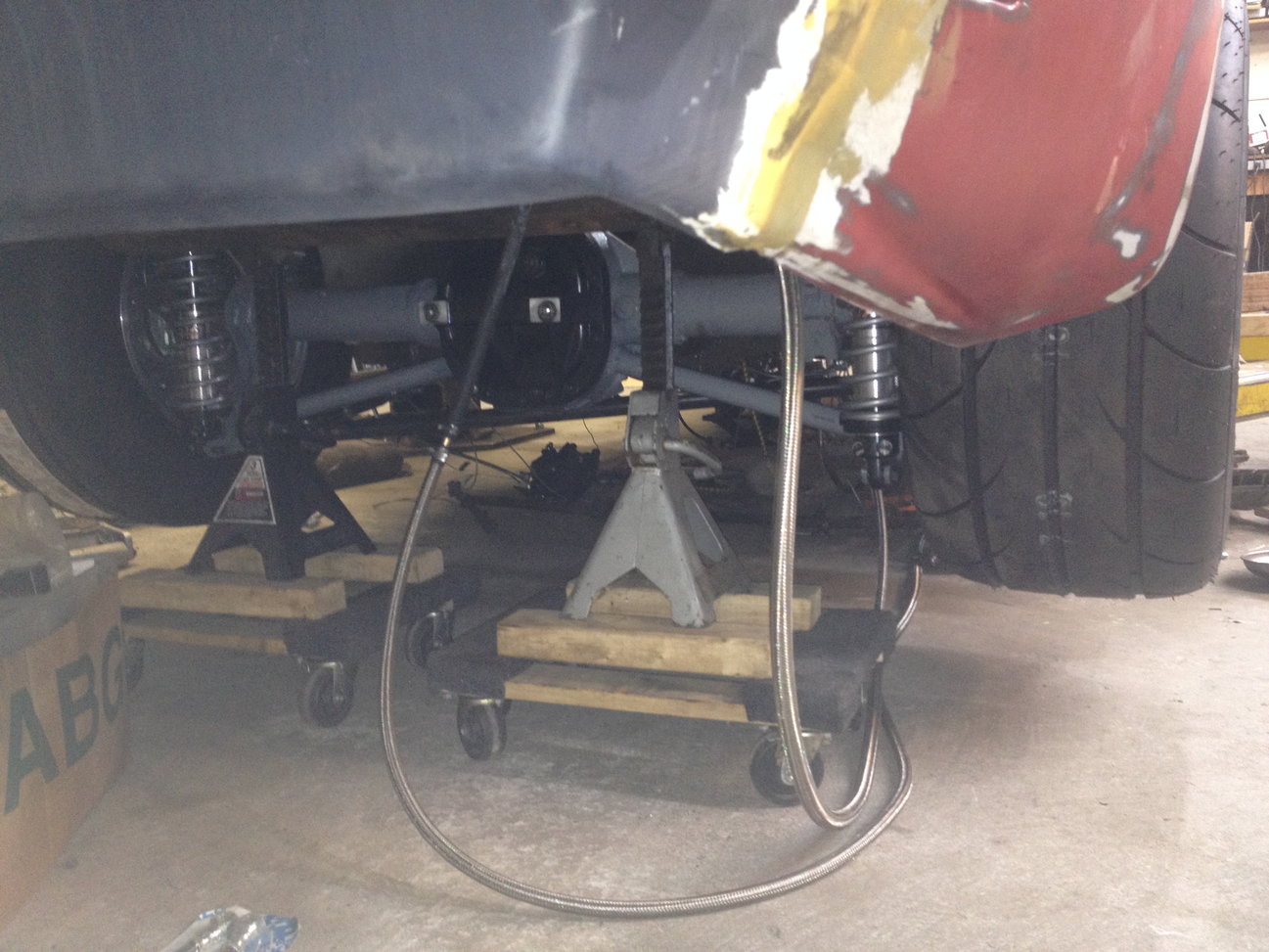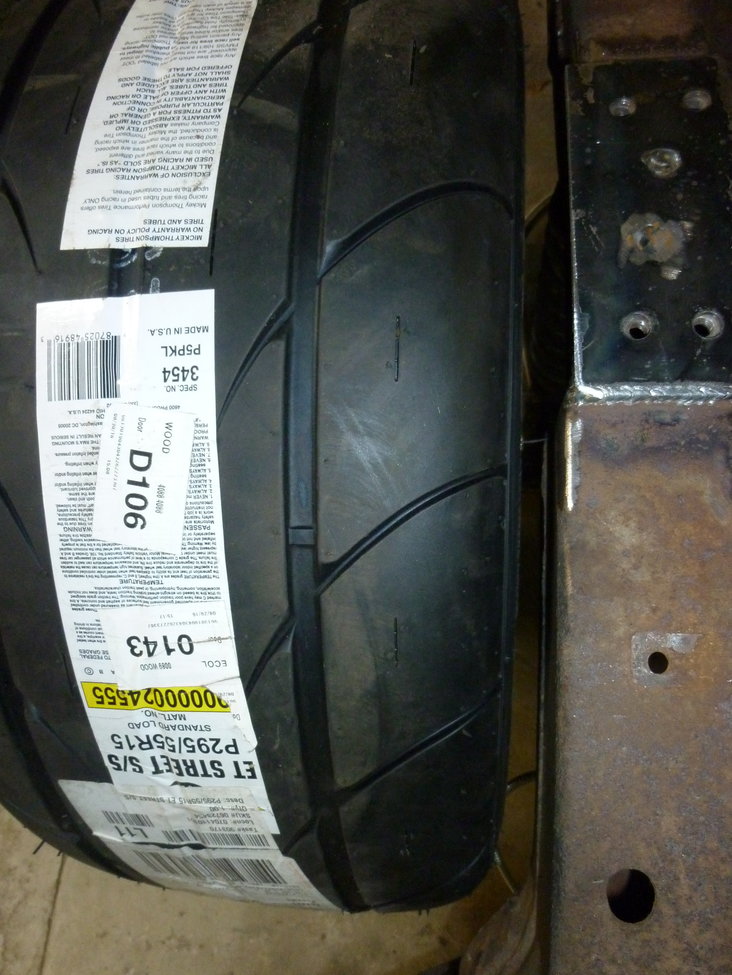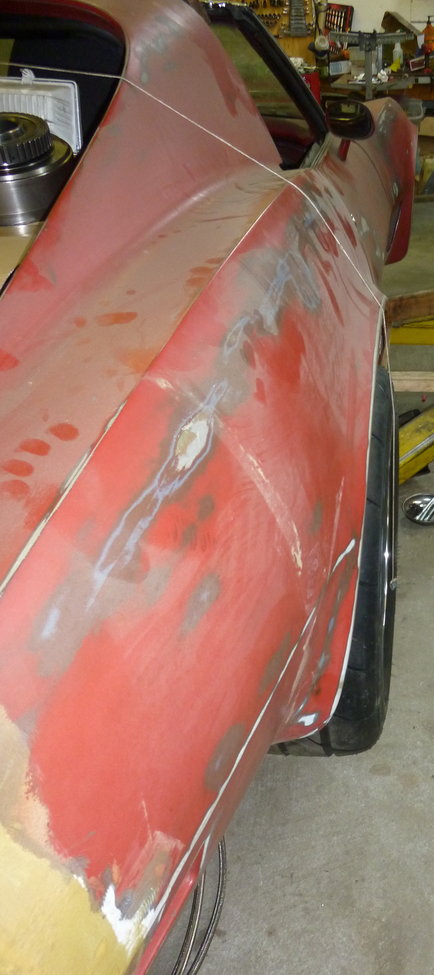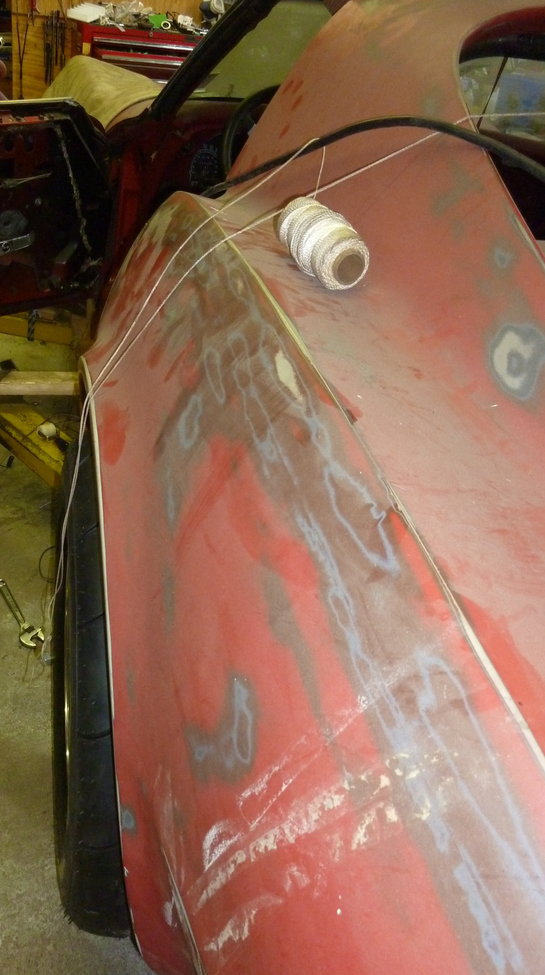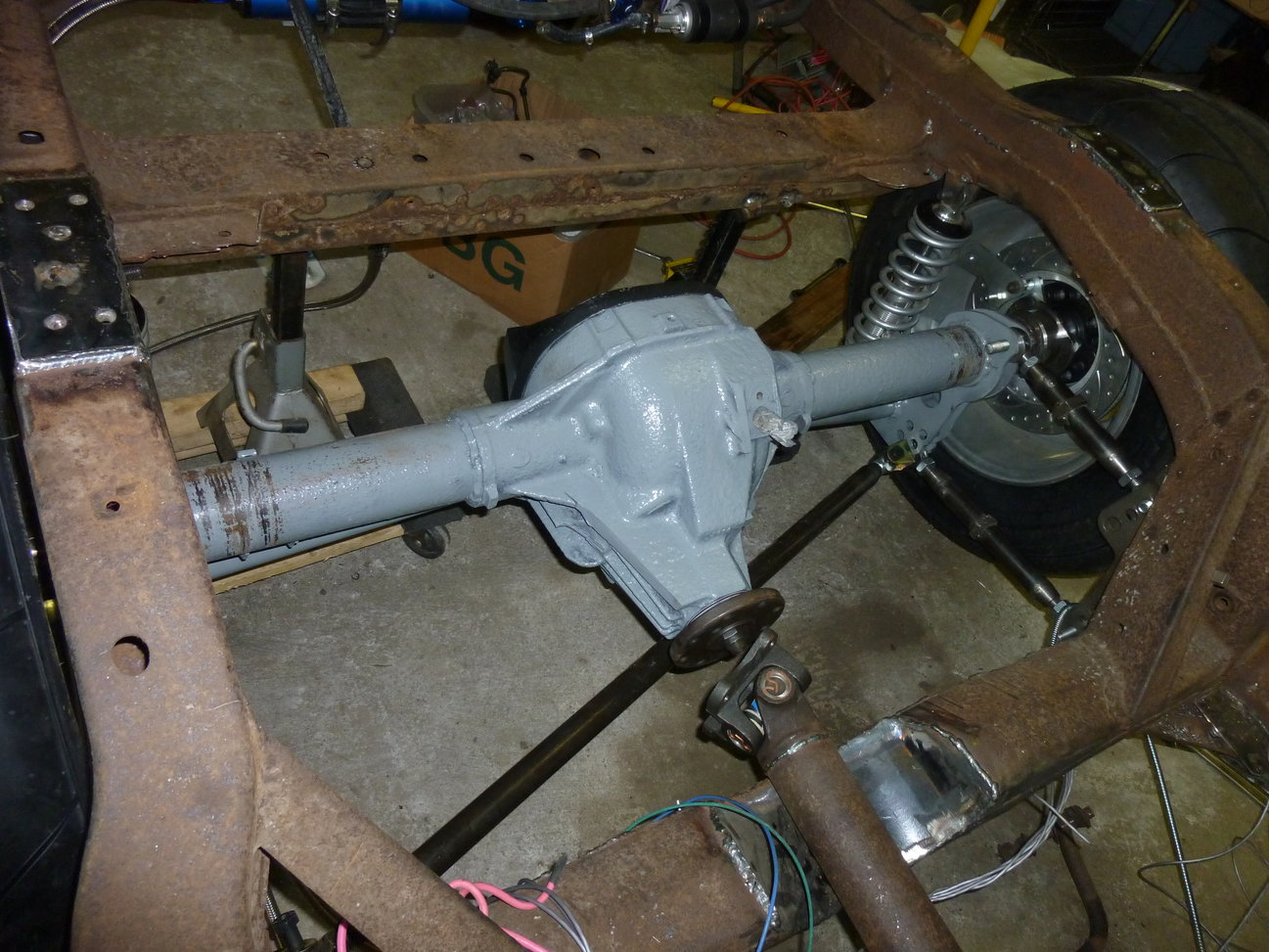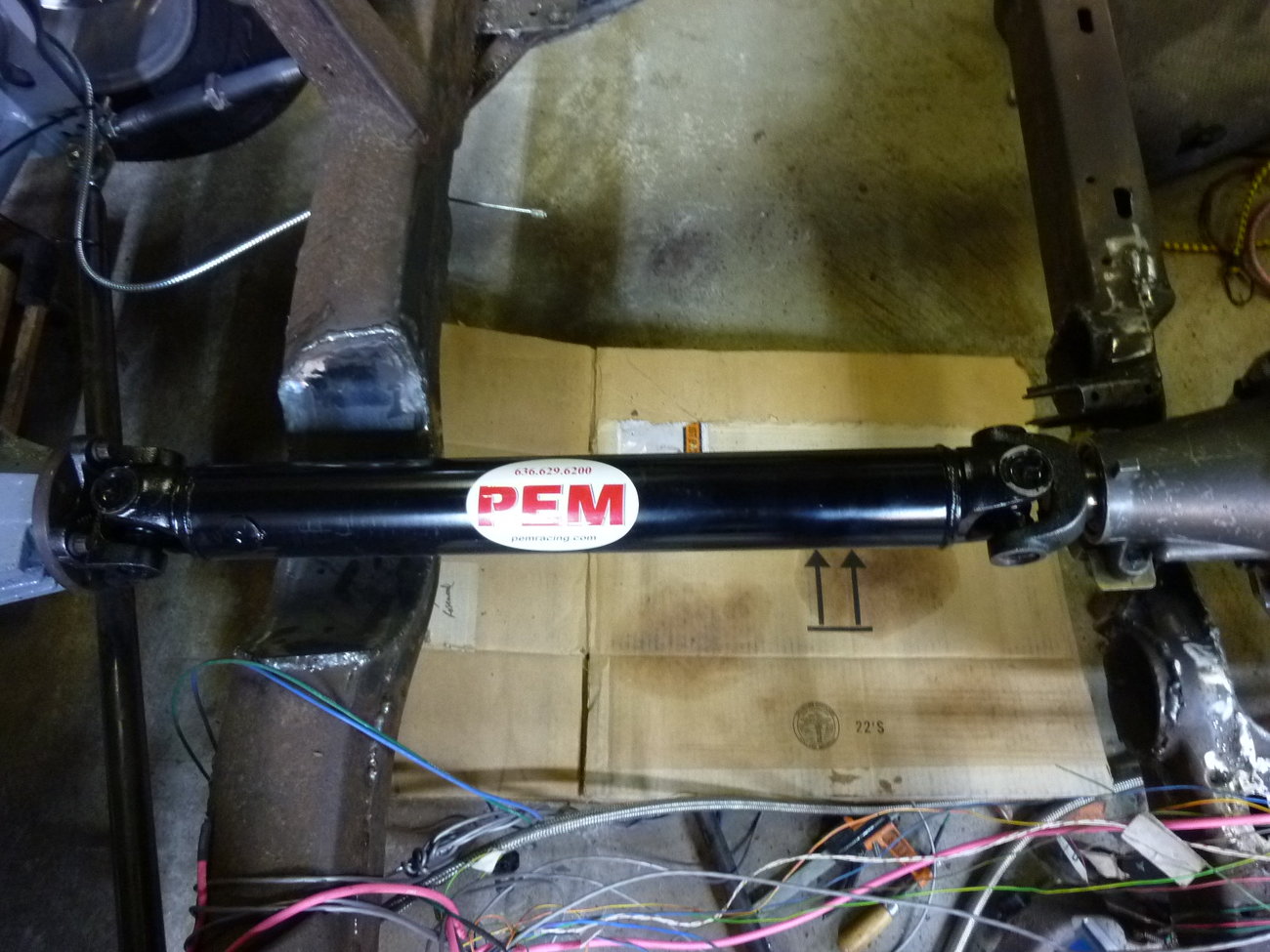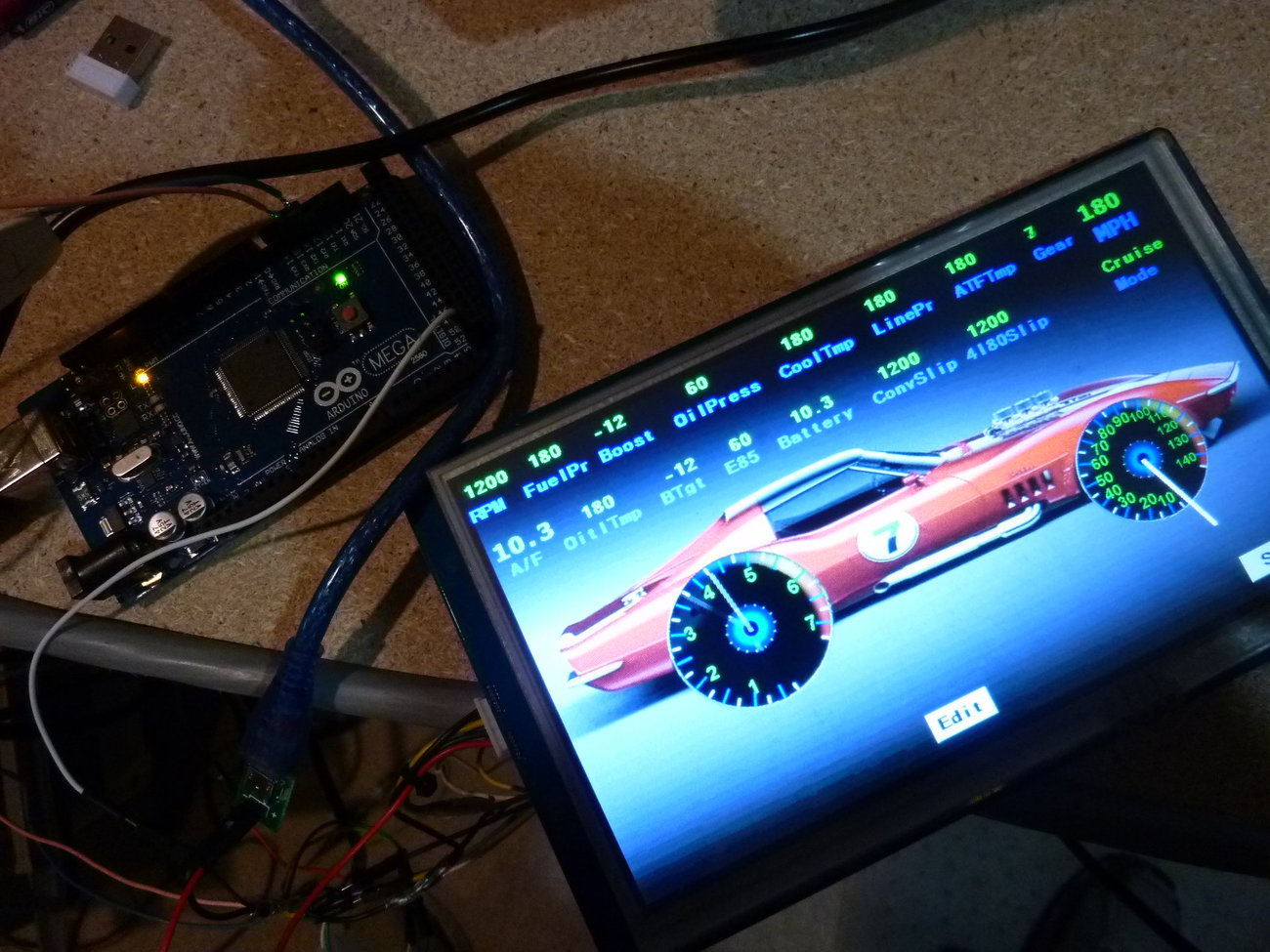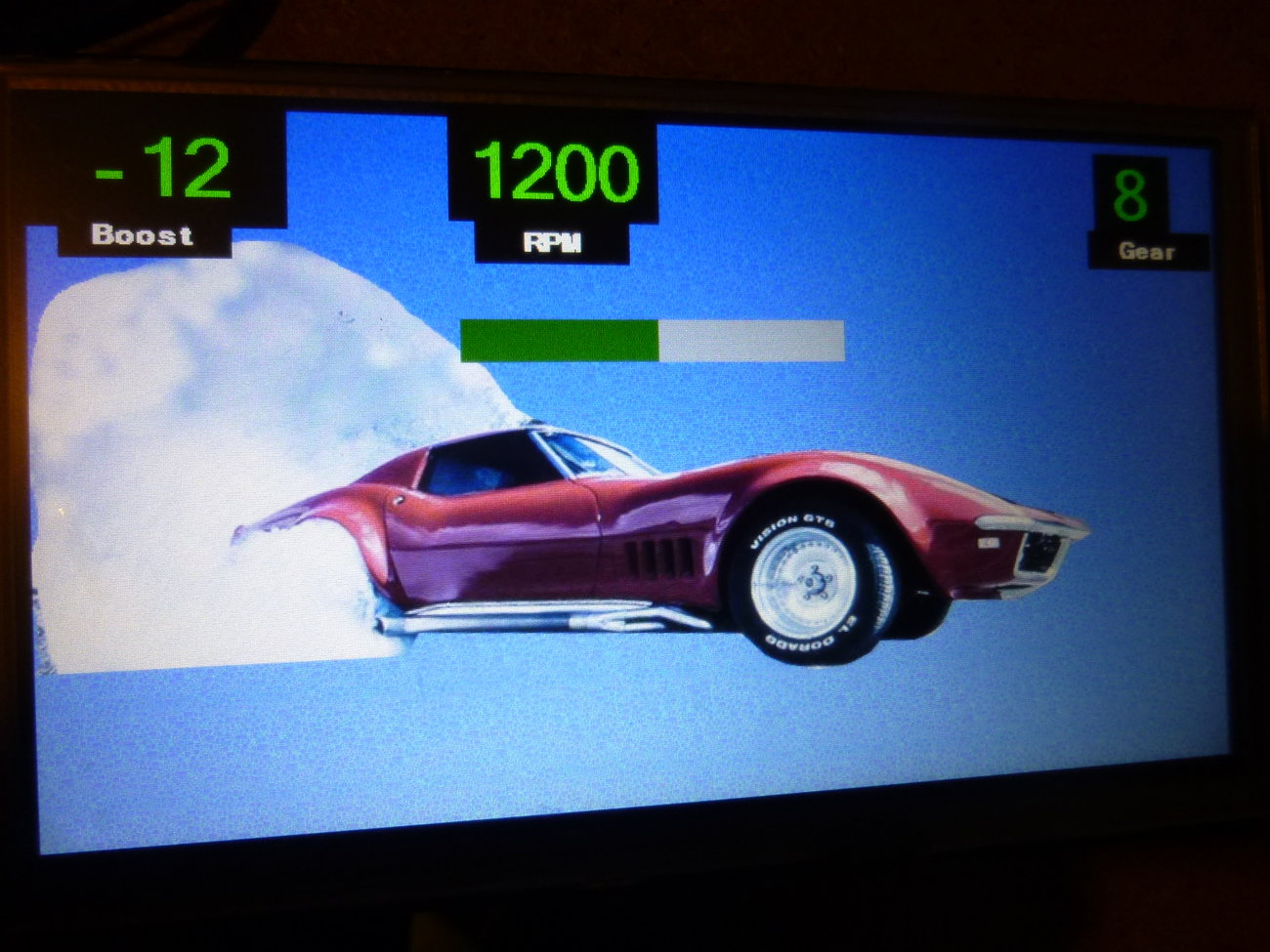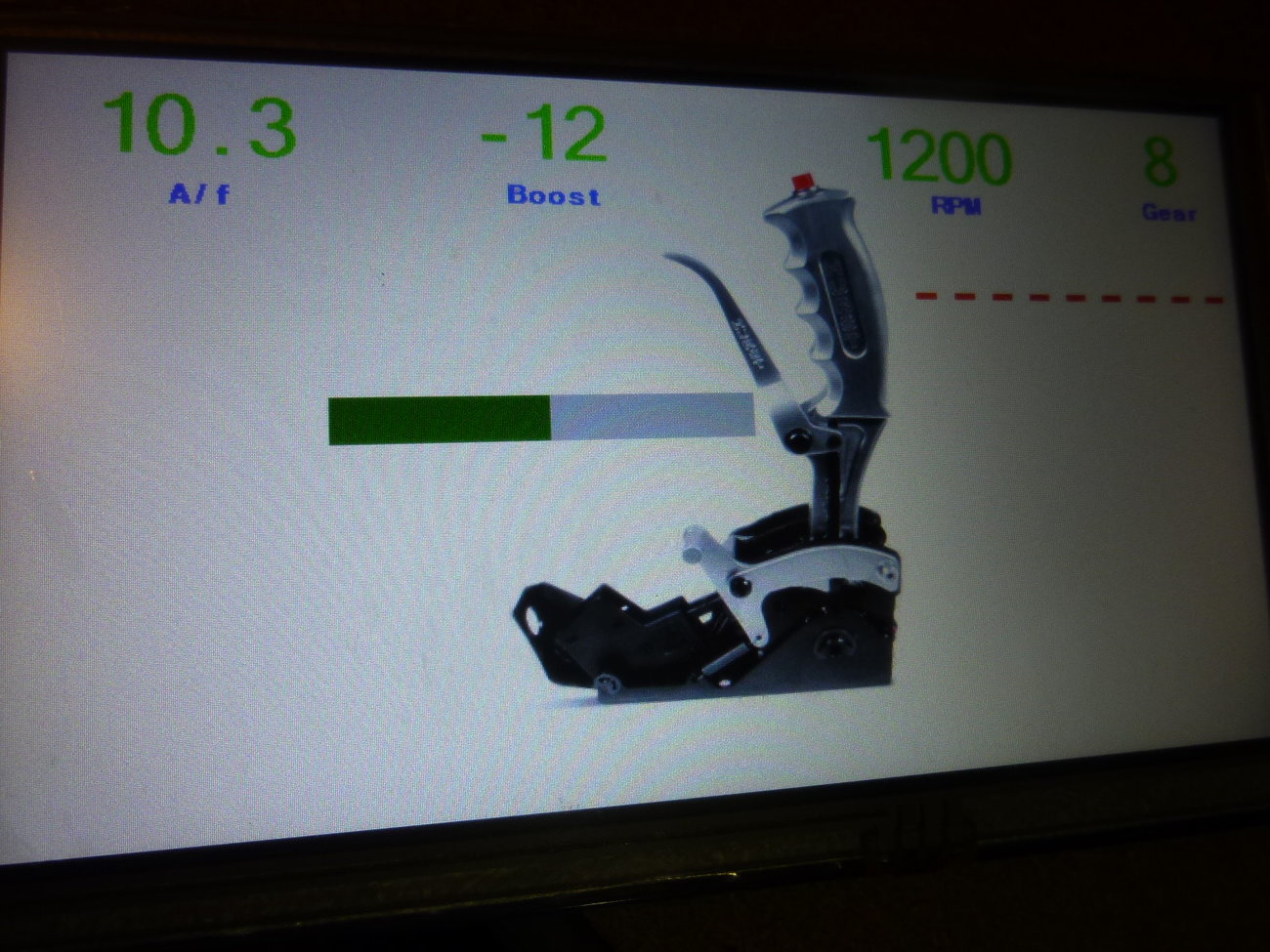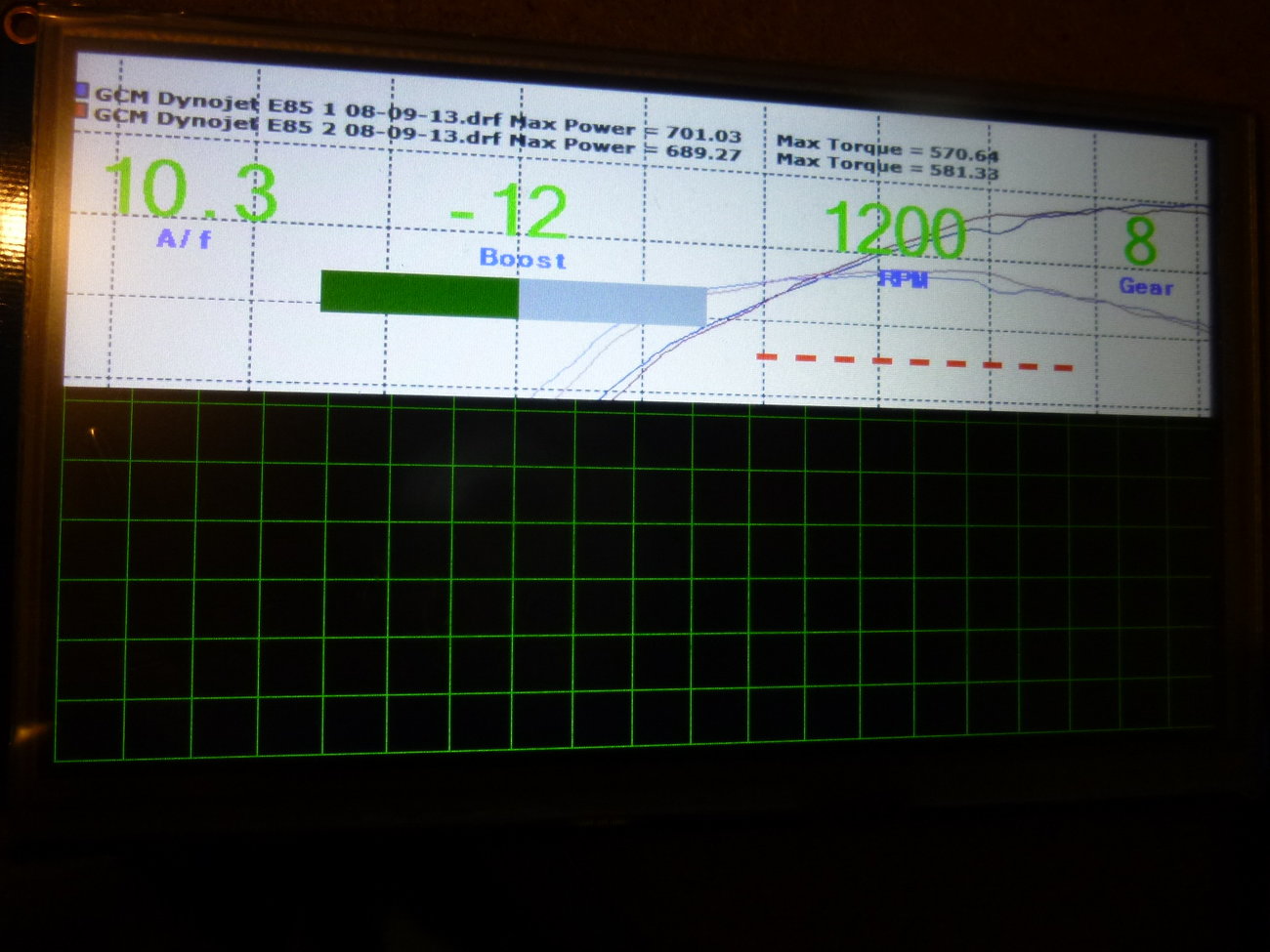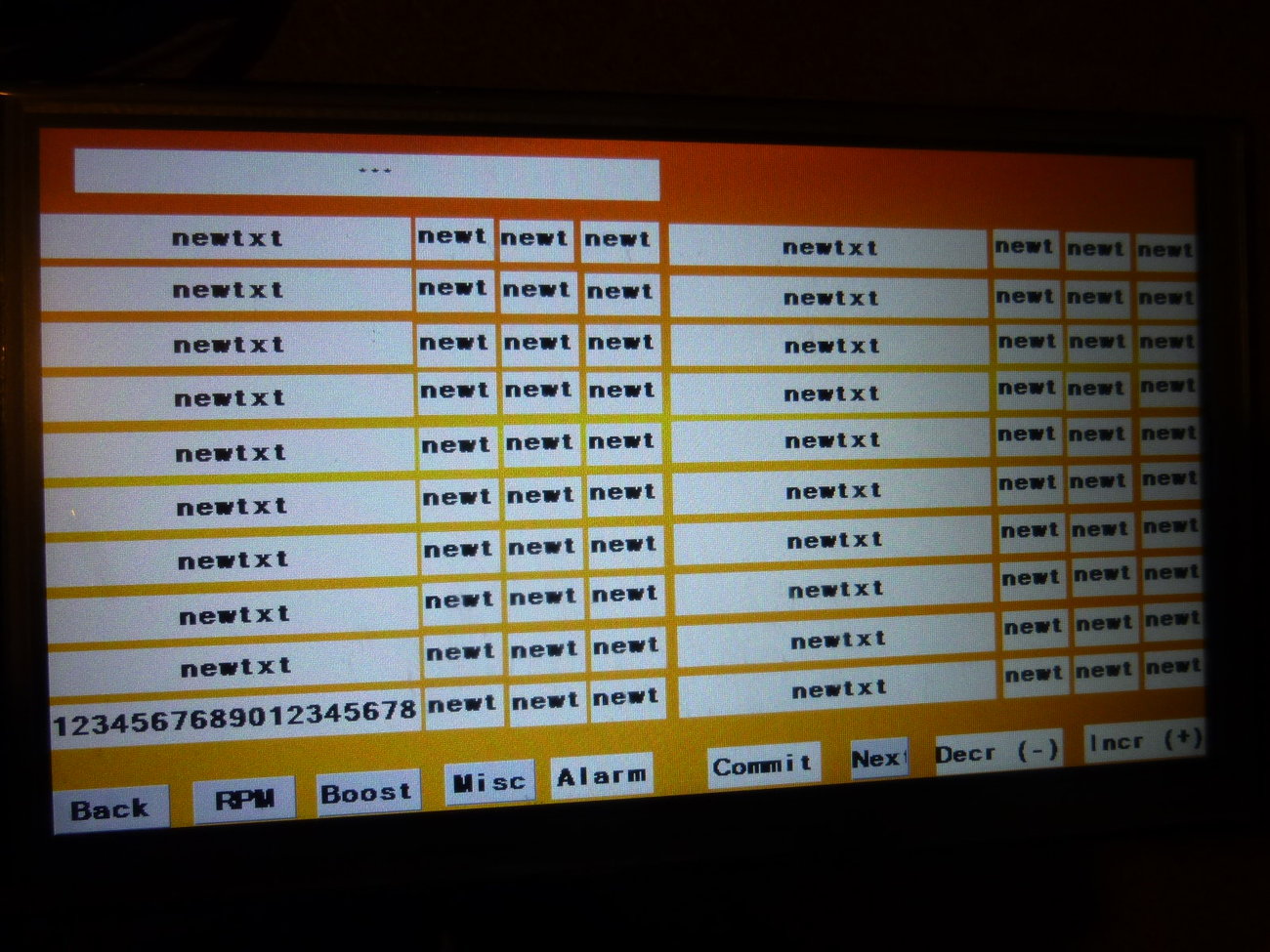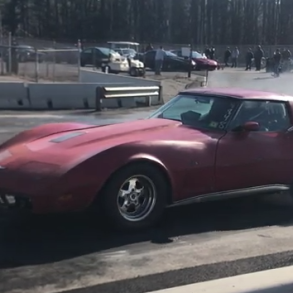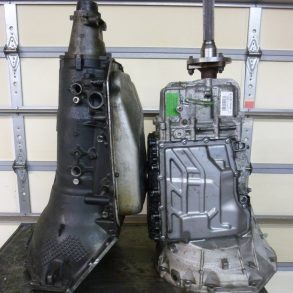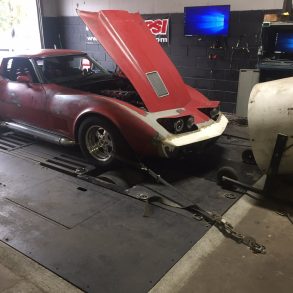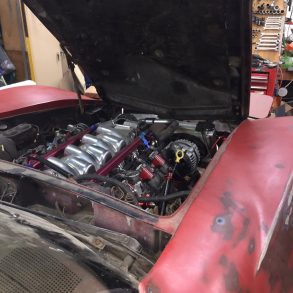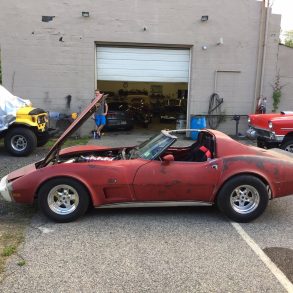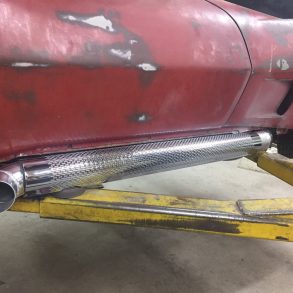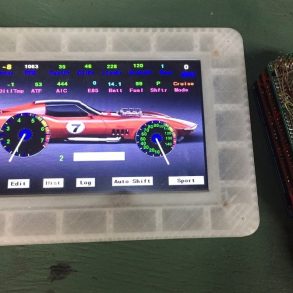A key to a successful build like this is to adapt and make changes when necessary, and today is no exception. If you missed any previous episodes for Carl B.’s 10-second turbo build, (or need a review), here are the links: part one, part two, and part three. Each episode is a fairly quick read, with lots of pictures. Also, episode two has our first start-up video showcasing that monster turbo, and episode three has a cool video showing Carl’s custom-coded trans controller working flawlessly with the turbo-charged LS engine and transmission.
Viewer Advisory: This build has some serious meat on the bones, as Carl has some crazy technical skills (especially with electronics), and he is going to tap into all of them to turn his 1977 Stingray into a 10-second quarter-mile monster!
Now, before we get to another display of Carl’s electronics wizardry, he needs to add some safety features for when he is blazing down the drag strip at 130 plus mph! As with everything Carl does, the methodology for his roll bar is very precise as he notes, “For mid 10s, a 5 or 6 point roll bar will do. Because I’m doing lots of fab work, and want to keep the ability to raise and lower the body, I don’t want to weld the bars to the frame. Instead I’m bolting the bars to the frame. I added additional plates, with nuts welded to reinforce the frame and provide bolt-in location. The bars have an equivalent plate welded to them so it’s plate to plate bolt in.”
To tackle a build like this one has to be able to fabricate when the market doesn’t provide exactly what you need, and Carl fits that to a tee as he comments, “I bought a mild steel cage kit for the C3, but I wanted to get a better fit, so I rebent some of the tubes to get the cage to contour into the back of the car and tighter up against the roof and walls. Keep in mind, this car will also be a cruiser, so I want the cage as out of the way as possible.”
Next up is some rear-end work, and Carl narrowed the rear to fit the 295/55/15 MT Drag Radials, with 15×10 wheels and 5.5-inch backspacing.
This is with the suspension unloaded, and Carl says that when he loads the suspension, he may have to flare the fenders, as it is close.
Here is the gap between the tire and the frame.
And the view from each side.
Moving along, Carl just sent out for a driveshaft, as the one in the earlier pictures was welded up from junk for testing and fitment. Carl remarks, “It’s a pretty short (26 1/2) shaft because of the longer length of the 4l80E. I’m going with a 3″ Chromoly .083 wall, 1350 ends, that should hopefully stand up to 1000 HP, if I decide to turn up the wick.”
Before
After
More Electronics Wizardry From Carl
“I know I should be working more on the mechanical stuff to get this car on the road. But I really enjoy designing electronics as well. I saw this killer 7″ display and thought it would be great for the dash. So I’m playing with it, to see how much more work it will be to integrate this. Here’s what I have so far. It’s not attached to the transmission controller yet, the numbers a just a mock up being run by the Arduino.”
The creativity continues, as Carl adds:
“I pulled some photos off the internet and made them backgrounds for each of the driving modes… This display allows me to move anything around easily, so if I don’t like where any part is, I can move it around, add other stuff, graphics etc. It’s also a touch screen, so I won’t need lots of buttons to run this. The Cruise/Sport mode screen has a bunch of digital info as well as a Tach and Speedo.”
Here is the burnout mode screen and Carl says that slider in the center is to let him know if he’s under or over his boost target for that gear. Pretty darn cool!
This is manual shift mode for the paddle shifter or gear selector.
And here is the Dyno mode screen, where Carl remarks, “The bottom of the screen will graph RPM, boost, A/F… Hmm, I could plug in the weight of the car and have it calculate HP and graph that too… The black text on top of the screen is not my dyno run, just part of the background photo of a random dyno sheet. It’s a nice target to shoot for.”
Lastly, Carl has one more screen for editing things like max RPM for a gear in a particular driving mode, max boost for a gear, low oil pressure alarms, etc., with all the settings set to save after the power is off.
That wraps up another episode packed with technical-rich content! We have the fastest-growing Corvette community on our Facebook page, with over 149,000 followers (30,000 since January!). Come join other hardcore enthusiasts and let me know what you think of Carl’s 10-second turbo build, Douglas B.


